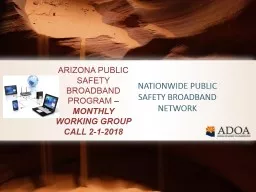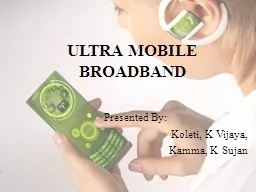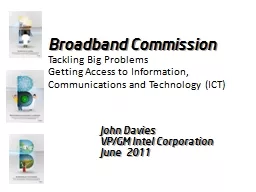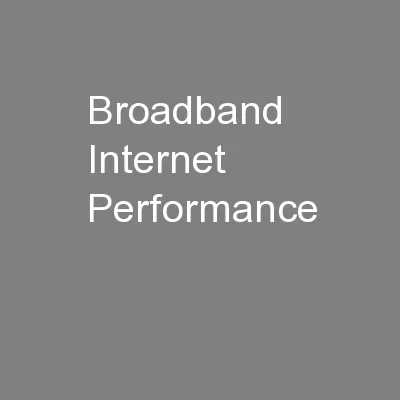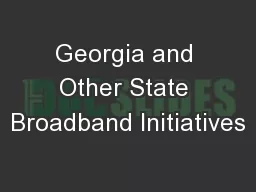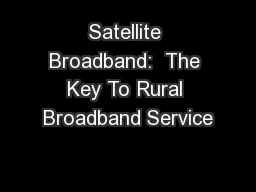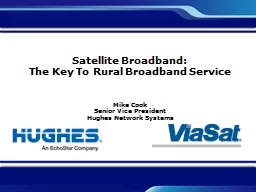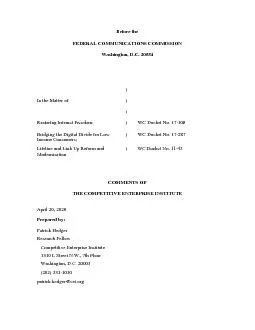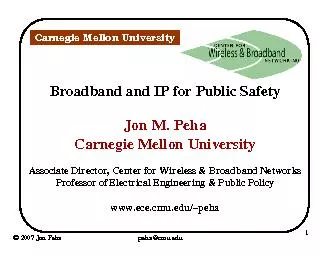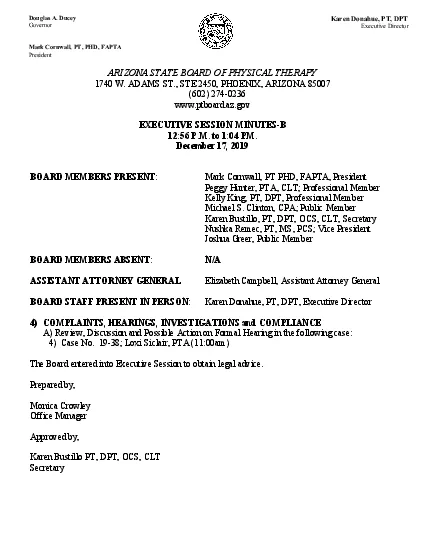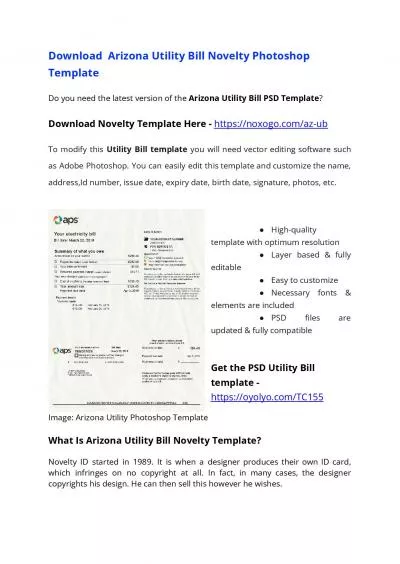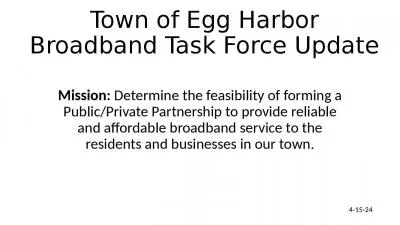PPT-ARIZONA PUBLIC SAFETY BROADBAND PROGRAM –
Author : kittie-lecroy | Published Date : 2018-12-04
MONTHLY WORKING GROUP CALL 2 12018 NATIONWIDE PUBLIC SAFETY BROADBAND NETWORK Regional Forums Optin StatesTerritories Upcoming Outreach Recent Events of Interest
Presentation Embed Code
Download Presentation
Download Presentation The PPT/PDF document "ARIZONA PUBLIC SAFETY BROADBAND PROGRAM ..." is the property of its rightful owner. Permission is granted to download and print the materials on this website for personal, non-commercial use only, and to display it on your personal computer provided you do not modify the materials and that you retain all copyright notices contained in the materials. By downloading content from our website, you accept the terms of this agreement.
ARIZONA PUBLIC SAFETY BROADBAND PROGRAM –: Transcript
Download Rules Of Document
"ARIZONA PUBLIC SAFETY BROADBAND PROGRAM –"The content belongs to its owner. You may download and print it for personal use, without modification, and keep all copyright notices. By downloading, you agree to these terms.
Related Documents

